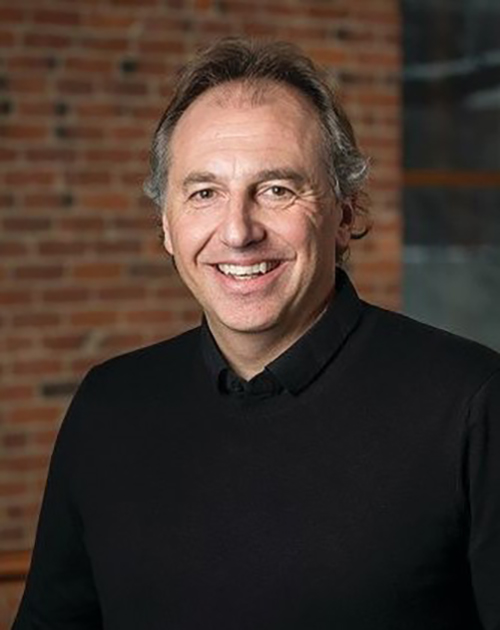A research team led by Michigan State University soil scientist Bruno Basso has received a $1.95 million U.S. Department of Agriculture grant to develop and disseminate educational information on soil organic carbon evaluation. The trainings will be geared toward underserved agriculture professionals in Maine, Michigan, Pennsylvania, New York and Vermont.
The project is funded through the USDA’s Natural Resources Conservation Service, which is supporting four regional projects around the country aimed at improving soil carbon stock monitoring.
Basso is an expert in sustainable agriculture who serves as John A. Hannah Distinguished Professor in the MSU departments of Earth and Environmental Sciences, and Plant, Soil and Microbial Sciences, as well as the W.K. Kellogg Biological Station.
Joining him are colleagues from Woods End Laboratories, a soil health analysis company headquartered in Maine, including founder and chief scientist William Brinton, and CEO and analytical chemist Rebecca Harvey.
“The partnership among academic institutions, private companies, governmental organizations and nonprofits is critical to evaluating the potential steps farmers can take to help soils sequester carbon,” said Basso, whose work is also supported by MSU AgBioResearch. “We need stakeholders from all areas of agriculture to adequately address the multifaceted nature of the problem and its potential solutions. Agriculture is at the foundation of our global community, and we need to promote practices that are sustainable long term.”
Basso noted that soils have the ability to sequester more carbon than the atmosphere and vegetation combined. Outside of the obvious environmental benefits, there are growing incentives focused on farmers’ wallets.
Emerging soil carbon markets allow private companies and nonprofits to pay farmers for sequestering carbon and avoiding greenhouse gas emissions, but questions abound. Citing the cost of soil sampling, remote sensing image analysis, modeling and other carbon stock assessment techniques, many farmers are skeptical.
Novel approaches — such as pairing remote sensing with crop modeling — are topics Basso covers in his research, aiming to cultivate solutions that overcome the complexity and cost barriers of sampling across an entire farm.
Basso and Brinton recently published a paper outlining how soil carbon stocks are often inaccurately measured due to a calculation error. They demonstrated how measurements must factor in the changing bulk density of soil over time to gain a better understanding of the effectiveness of sustainable agriculture methods.
For the new project, the team is looking to share these findings and more. The intended audience will be farmers, agronomists and agribusiness professionals in underserved groups such as indigenous peoples, people of color, the LGBTQIA+ community and those whose religious or cultural beliefs drive land management decisions.
To share information in an inclusive way, the team is collaborating with several organizations in Maine, Michigan, Pennsylvania, New York and Vermont.
Training opportunities will be available during in-person field days, via printed materials and online through bulletins, videos, a podcast and a film documentary. Basso said that locations for field days will be selected to complement other regionally relevant activities such as fairs and farm shows.
The content will feature soil carbon science and practical, hands-on learning for the implementation and management of a carbon monitoring program. Information will be presented on how to collect samples such as:
- How many samples to collect.
- What sampling equipment should be used and where to get it.
- How to find a qualified laboratory and how to get samples to it.
- How to interpret and share laboratory results.
- When, where and how to re-sample.
“There is a need for an increased number of field-based measurements to evaluate carbon stocks and gain an improved understanding of the sequestration potential of lands under different management and cropping systems through validated models,” Basso said. “To accomplish this, we need a wide variety of farmers, agribusiness professionals and agronomists to participate, especially those who have historically not had a strong voice in agriculture circles.”
This story originally appeared on the College of Agriculture and Natural Resources website.
